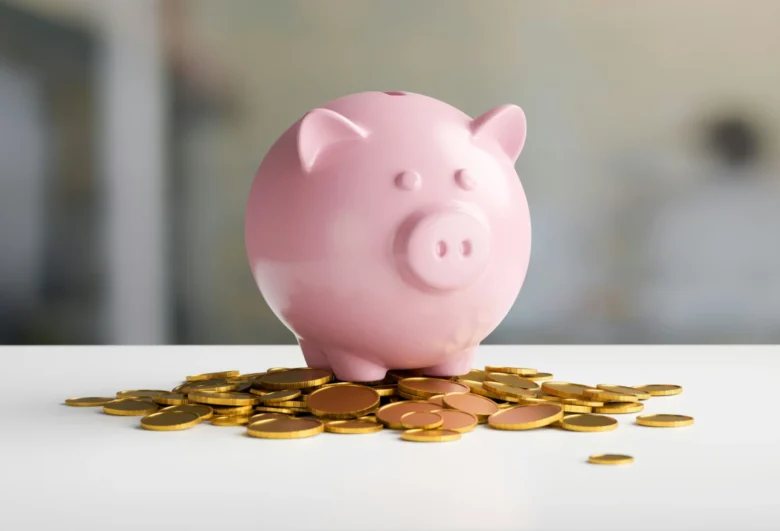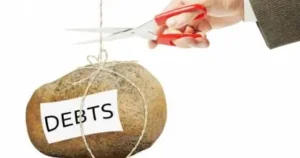Many people think that saving money when you have debt is difficult. After all, saving can seem impossible when you feel overwhelmed by debt payments. However, saving is necessary when you have debt. Don’t choose one over the other. The goal is to balance your finances to secure your future without sacrificing your present. Savings are like a safety net when we climb out of the cave. They don’t make debt disappear, but they prevent further losses. Learning how to save money on debt throughout the process can impact everything from a small emergency fund to strategic savings that help you achieve your goals. Let’s dispel this misconception and discuss ways to save money when you have debt.
Understand the Value of Saving Money on Debt
While saving money and paying off debt may seem like opposing goals, they work best when combined. Saving money when you have debt is about preventing financial problems, not about giving money away. If you don’t save money, unexpected expenses can lead to new debt or even more . Many people get stuck in a vicious cycle. Even a small amount of savings can prevent you from borrowing more. Financial emergencies don’t wait until debt is paid off. Even a small savings account can help alleviate problems like medical bills, car trouble, and job loss. We should view savings as a safeguard against financial difficulties, not as an indulgence to reduce debt.
Start Small and Build Consistency
It’s a common misconception that saving requires a large income or a large amount of money. What’s the truth? Even small savings can add up over time. The goal is consistency, not size. Imagine planting a seed. It may look small, but with regular care it will grow. Try $10 a week or $25 each payday. Consider placing it in a separate savings account to help ensure it remains untouched. As you pay off your debt and free up money, you can start saving more. Seeing your money grow makes you feel good and motivates you to reach your financial goals. Additionally, it fosters a saving habit that endures long after debt repayment.
Create a Savings Budget
Without a plan, there is no saving. Developing savings habits to pay off debt starts with creating a budget. Please compile a list of your income and major expenses, includingrent, food, transportation, and utilities. Please compile a list of all your debts, including the minimum payments. Divide the remaining amount between debt payments and savings. Allow it, even if it is only 5% of your salary. Think about saving on fixed expenses. Automate it if possible. This way, you can save money whether you feel like it or not. A budget helps you prioritize and manage your spending so you don’t have to guess. Make every dollar count, including savings, to achieve long-term financial success.
Use the Right Tools to Save
Where you store your data matters. Keeping excess money in a drawer or checking account is not the best protection. Open a high-yield savings account so you earn interest and still have access to your money. Online banks tend to offer better interest rates than brick-and-mortar banks. Explore savings apps that automatically round up the difference and add to your savings. These tools make saving easy. Keep savings and spending accounts separate. By hiding your savings, you avoid temptation. You rarely use them unless you have to. With the right tools, you’ll save smarter, not harder.
Clear Goal Motivation
Without a clear goal, saving while in debt can be a long, arduous process. It’s important to understand why you’re saving. Are you building an emergency fund? Are you saving money to fix your car? Are you seeking a way to escape the hectic lifestyle of working part-time? Identify your goals and remind yourself of them regularly. Write them down. Post them somewhere visible. Every time you put money in a savings account, you’re one step closer to your goal. Celebrate small victories. Saving $100 this month is a win. It’s just that progress is slow. Setting specific savings goals can help you stay focused and motivated, even when you have a lot of debt.
Conclusion
The idea of paying off debt first and saving later is outdated and unworkable. Life doesn’t stop when you pay off debt. Emergencies happen, aspirations matter, and your financial future should be focused on the here and now—not “someday.” Debt saving requires balance and protection. It’s not about how much you save, but how much you save. Start where you are, use what you have, and create habits for life. You’re choosing a better, more resilient path, not a debt-free, safe path. With perseverance, strategy, and determination, it’s possible to walk both paths at the same time. Remember, every dollar you save reduces your debt and brings you closer to freedom.
FAQs
1. Can I save money while paying off a large debt?
Yes, you can. Budgeting and starting small are key. With just a few dollars a week, you can avoid debt.
2. Should I save money first or pay off my debt first?
It’s a beneficial idea to do both at the same time. Start with a small emergency fund, then set aside a small amount to pay off high-interest debt.
3. What savings account should I use?
High-yield savings accounts are best. A better interest rate can help your money grow while also meeting your needs in an emergency.
4. How much should I save if I have debt?
Set aside $500 to $1,000 as an emergency fund. Then adjust your income and expenses accordingly. Even saving 5–10% of your income can be helpful.
5. Does saving while in debt slow down repayment?
Maybe a little, but it’s worth it. Saving can help prevent debt emergencies and build financial stability, which can speed up the debt recovery process.




